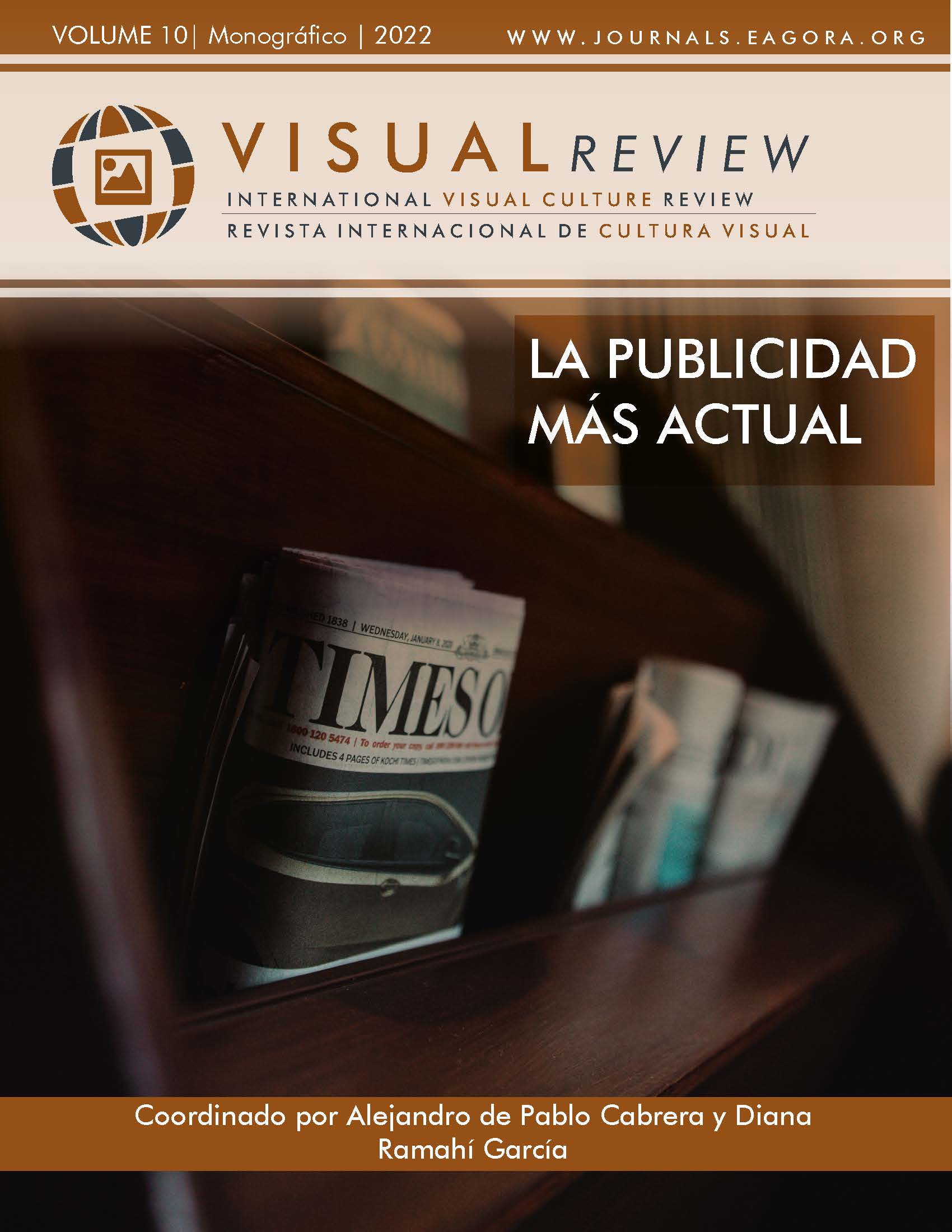Strategic communication as a key resource to achieve digital positioning
Case study. Centro de Apoyo en la Crianza y la Maternidad y Paternidad - Acunar
DOI:
https://doi.org/10.37467/revvisual.v9.3590Keywords:
Mothers, Breastfeeding, Pregnancy, Birth, Breeding, Strategic communication, Digital communicationAbstract
This article shows a quantitative analysis through two research instruments: web analytics and social network analytics applied to the Center for Parenting and Maternity and Paternity Support -Acunar-, an organization with online presence that focuses on providing advice and support to couples, pregnant women, fathers and mothers of families around the care of children. The main objective of the research was to investigate the communicational situation of Acunar digital environments and to deepen on the platforms used to generate communication with their various audiences.
Downloads
Global Statistics ℹ️
|
563
Views
|
996
Downloads
|
|
1559
Total
|
|
References
Aguilar, J., Cadena, P., De la Cruz, F., Rendón, R., Salinas, E., & Sangerman, D. (2017). Métodos cuantitativos, métodos cualitativos o su combinación en la investigación: un acercamiento en las ciencias sociales. Revista Mexicana de Ciencias Agrícolas, 8, 1603-1617. DOI: https://doi.org/10.29312/remexca.v8i7.515
Alan, D., & Cortez, L. (2018). Procesos y fundamentos de la investigación científica. Editorial Utmach.
Baena, G. (2017). Metodología de la investigación. Grupo Editorial Patria.
Botey, P. (2021). Inbound Cycle. 1 de Julio. Obtenido de: https://bit.ly/2RY98bw
Campos, D. (2015). Plantilla para medir el Engagement en Redes Sociales. 13 de Abril. Obtenido de: https://bit.ly/2Fg6AOB
Cascant, M., & Hueso, A. (2021). Metodología y técnicas cuantitativas de investigación. Editorial Universidad Politécnica de Valencia.
Cebolla, F. (2018). Analítica en Social Media: cómo medir los resultados. 21 de Mayo. Obtenido de: https://bit.ly/3BioIov
Cohen, N., & Gómez, G. (2019). Metodología de la investigación, ¿para qué? Editorial Teseo. DOI: https://doi.org/10.2307/j.ctvxcrxxz
Del Canto, E., & Silva, A. (2013). Metodología cuantitativa: Abordaje desde la complementariedad en ciencias sociales. Revista de Ciencias Sociales (Cr), 3, 25-34. DOI: https://doi.org/10.15517/rcs.v0i141.12479
Escolar, A. (2020). La guía definitiva para el análisis de redes sociales. Obtenido de: https://bit.ly/3S7L0PO
Estrade, J., Hernández, M., & Jordán, D. (2013). Marketing Digital. Marketing Móvil, SEO y Analítica Web. Ediciones Anaya Multimedia.
Galipienso, C. (2016). La importancia de la analítica de redes sociales. 29 de Enero. Obtenido de: https://bit.ly/3vmIpYK
Gascón, G. (2019). Qué es el sitemap.xml para una web. 26 de octubre. Obtenido de: https://bit.ly/3PXDZiS
Gómez, S. (2012). Metodología de la investigación. Red Tercer Milenio.
Guzmán, H., & Herrera, R. (2019). Comunicación Estratégica: Interfaz relacional entre organizaciones y sus stakeholders. Universidad Sergio Arboleda.
Hotmart. (2020). Medio digital: qué es, principales tipos y cómo usarlo. 30 de Septiembre. Obtenido de: https://bit.ly/3z9xkv7
Llonch, J., Rialp, J., & Uribe, F. (2013). El uso de las redes sociales digitales como herramienta de marketing en el desempeño empresarial. Cuadernos de Administración, 205-231.
Mendoza, R. (2021). ¿Qué es el Site Health? y por qué deberías usarlo. 22 de Abril. Obtenido de: https://bit.ly/3vkpC0d
Meyer, J. (2009). Comunicación estratégica: Nuevos horizontes de estudio. Universidad Autónoma del Estado de Puebla.
Navío, M. (2020). Social Media Analytics: todos los KPI para medir las redes sociales. 16 de Marzo. Obtenido de: https://bit.ly/3z9xYJ3
Peral, B. (2016). Analítica web para tu empresa. Obtenido de: https://bit.ly/3zA83LU
Porras, M. (2019). ¿Qué es la analítica web y en qué consiste? ¿Por qué es necesaria? 1 de Febrero. Obtenido de: https://bit.ly/2Dkaioz
Sánchez, A. (2006). Comunicación digital: nuevas posibilidades y rigor. Revista Virtual Universidad Católica del Norte, 2-19.
Scheinsohn, D. (2009). Comunicación estratégica: la opinión pública y el proceso comunicacional. Ediciones Granica.
Uviña, R. (2015). Bibliotecas y analítica web: una cuestión de privacidad. Revista Información, cultura y sociedad, 105-111.
Downloads
Published
How to Cite
Issue
Section
License
Those authors who publish in this journal accept the following terms:
-
Authors retain copyright.
-
Authors transfer to the journal the right of first publication. The journal also owns the publishing rights.
-
All published contents are governed by an Attribution-NoDerivatives 4.0 International License.
Access the informative version and legal text of the license. By virtue of this, third parties are allowed to use what is published as long as they mention the authorship of the work and the first publication in this journal. If you transform the material, you may not distribute the modified work. -
Authors may make other independent and additional contractual arrangements for non-exclusive distribution of the version of the article published in this journal (e.g., inclusion in an institutional repository or publication in a book) as long as they clearly indicate that the work was first published in this journal.
- Authors are allowed and recommended to publish their work on the Internet (for example on institutional and personal websites), following the publication of, and referencing the journal, as this could lead to constructive exchanges and a more extensive and quick circulation of published works (see The Effect of Open Access).













